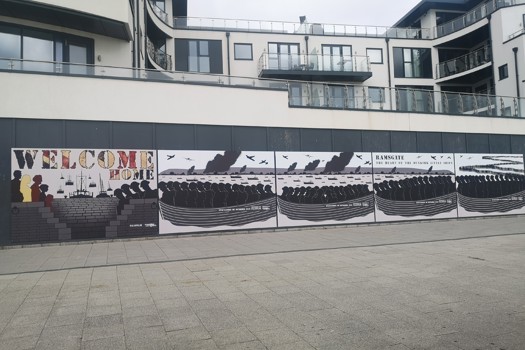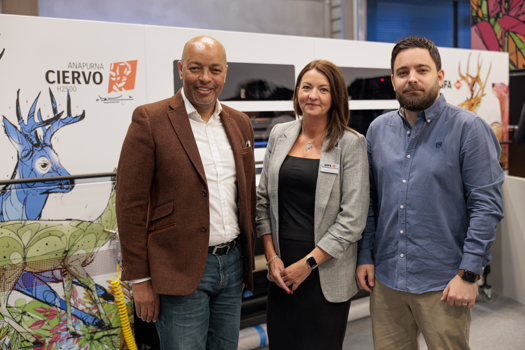In its most recent survey published yesterday (3 August), the BPIF stated that the UK’s productivity woes cannot currently be apportioned to the printing industry and referred to the wood, paper and printing sector as a “beacon of light”.
“For a sector where print makes up more than 50%, productivity is well up and well ahead of the average for manufacturing, services and the whole economy,” said BPIF research manager Kyle Jardine.
The survey exhibited data from the ONS that found that, while the UK is currently lagging behind its main trading partners in terms of overall productivity, the wood, paper and printing sector’s productivity increased by more than 10% in Q1 2017 compared to the same period in 2016. This compares to the general economy increase of around 0.5%, services at 1% and overall manufacturing at around 4%.
Elsewhere in the survey, output for Q2 failed to hit its predicted target of +28 (the difference between those who increased output levels and those who decreased), with 38% experiencing an increase in output and 24% experiencing a slowdown, leading to a balance of +14. This was an increase of +11 on the same period last year.
Jardine said: “It’s difficult to say exactly why output didn’t meet expectations but I guess there is just uncertainty, a lot of it is around Brexit, and there are a lot of unknowns there.
“What is known is there have been cost increases that a lot of people are directly attributing back to Brexit and some of the implications concerning exchange rates that have happened as a result."
The survey’s 'Brexit Barometer' recorded a more negative Brexit outlook than in the last quarter, with 15% of respondents “somewhat confident” regarding the outlook for the UK economy during the Brexit negotiation period and following withdrawal, a fall of 9%. 44% are “neither confident nor unconfident” and 31% are “somewhat unconfident”.
Jardine added that views on Brexit had become more “polarised” this quarter, with SMEs more likely to be pro-Brexit and larger companies more likely to oppose it.
Predictions for Q3 remain positive, with a +15 output balance slated, which would be a +13 increase on last year’s four-year-low Q3 figure.
“This is a period when some companies have to juggle employees and workloads and there can be times when there can be a slowdown in orders coming through because they are not getting approved from clients due to holiday periods,” added Jardine.
“A lot of companies are used to dealing with this and the ones that are have a good spread of clients that can manage that easier than others, but it is likely to have an effect on third-quarter performance.”
As ever, competitors pricing below cost was named as the most voiced business concern, highlighted by 70% of respondents, admittedly down from 81% last quarter. Fears over paper and board price rises rose 10% to 42% as the second highest concern, with underutilisation of capital in third at 33%.
Recruitment for the period was “considerably less positive” than had been expected in Q2, backing up recent Open University findings that pointed to industry skills shortages. 43% of respondents reported they had conducted a pay review in Q2, with 21% expecting to do so next quarter.
The survey was conducted during a two-week period at the start of July, receiving responses from 115 companies employing 6,595 people with combined sales of £791m.










